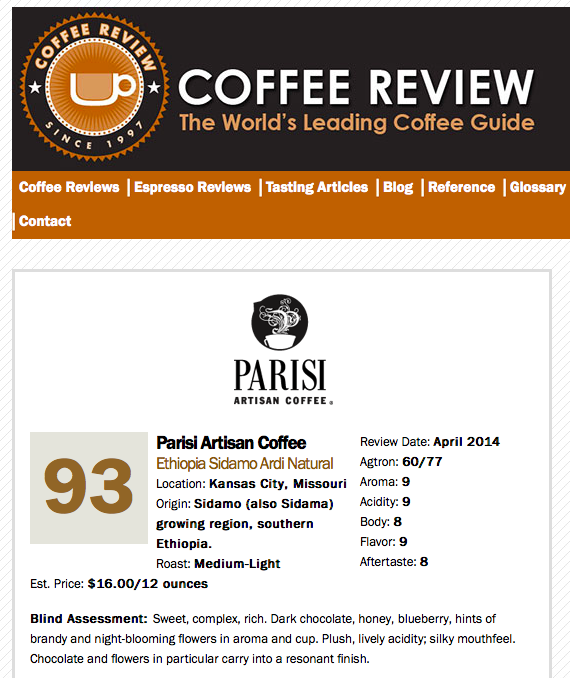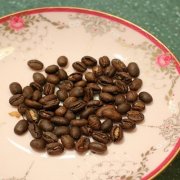Qianjie Cafe Ethiopia Ardi Yadi processing Plant Solar Sidamo G1
Coffee beans details:
Country: Sidamo, Ethiopia
Grade: G1
Production area: Michicha, Kelenso Moconissa town, Guji micro production area
Baking degree: shallow baking
Treatment: scaffolding in the sun
Variety: Heirloom
Processing plant: Ardi
Flavor: berries, berries, jackfruit, sour white grapes, berry finish

[factory introduction]
Over the past few years, there have been several types of coffee with the names of their own cooperatives or estates in Sidamo and Yirgacheffee producing areas. In addition to hoping to gain international popularity and build product loyalty under their own name, the most fundamental thing lies in the confidence of coffee farmers in their own coffee.
They insist on strict operation of every procedure after harvest, whether it is washing or sun treatment, and it is no wonder that these coffee farmers are confident of bringing their products to the international market.
In January 2010, the East African Fine Coffee Association (EAFCA) selected Ardi, a coffee bean from Ethiopia's Sidamo region, as the first place in the sun group. The American professional coffee cup testing website Coffee Review also gave a rating as high as 95 points.
Ardi's raw beans are uniform in size and color, with a strong fruit aroma. The production cooperative is located in Guji District, Ethiopia's Sidamo province. Local farmers manually select moderately mature coffee cherries for sun treatment, turning the coffee cherries on the scaffolding every two hours during the 15-17 days or so to ensure that the coffee cherries are evenly and completely dried, followed by shelling and packaging. Unlike other Ethiopian sun-dried beans, Ardi selects them by hand before drying, rather than selecting them after they have been processed. The high scaffolding is also used in the drying process, which not only increases the air circulation, but also avoids the bad taste of coffee cherries in the drying process.
About the Ethiopian sun exposure (high-shelf sun exposure):
In the past, the Ethiopian sun exposure method used to spread wild coffee fruits directly on the mud ground for exposure. This method has two disadvantages:
1. After picking beans without special screening and treatment, uneven appearance and maturity are mixed together, the process is relatively rough, so the quality of coffee beans is unstable and prone to defective beans.
two。 Coffee farmers usually find an open space near their home to deal with it, so there are often a lot of impurities or dirt on the ground, and coffee is easy to get smelly.
The improved method of tanning, that is, to improve the two shortcomings of the traditional way:
1. When picking beans, only fully ripe crimson coffee cherries are picked. Before exposure, the beans will be screened for defects in the processing plant to make the beans look more average in size and maturity.
two。 Next, use tall wooden frames or whole scaffolding for the sun to avoid the risk of beans smelling on the ground. In the process of exposure, take good care of the beans so that the coffee beans can be evenly exposed to water; every three to five days, coffee workers will manually screen out defective and moldy beans. Therefore, by the end of the exposure, before the beans enter the market to remove the peel and flesh, a bright crimson coffee cherry is already a grade with few defects.
After obtaining the raw coffee beans, sometimes in order to pursue the perfect taste, the final screening will be done, so this sunny sidamo can reach the highest level of G1.
Purchase link: http://makecoffee.taobao.com
Important Notice :
前街咖啡 FrontStreet Coffee has moved to new addredd:
FrontStreet Coffee Address: 315,Donghua East Road,GuangZhou
Tel:020 38364473
- Prev

Front Street Cafe Ethiopia washes G1 Xidamo Coffee in Shaquiso Micro-production area
Coffee bean details: country: Ethiopia Grade: G1 production area: Sidamo Gujisha Chiso Micro production area Baking degree: shallow Baking (end of explosion) treatment: washing Variety: original seed producer: local small Farmer Flavor: lemon, Citrus, Piaget Tea, Caramel Shakiso (Shakisso/Shakiso) is located in the Guji producing area of Sidamo and is located in the Central Africa of Sidamo.
- Next

Qianjie Cafe Costa Rica Tarazu washed Kaddura coffee beans
Coffee bean details: country: Costa Rica altitude: 1200-2000 m production area: Tarrazu treatment method: washing variety: Kaddura, Kaduai processing Plant: Beneficio Palmichal this coffee comes from the Tara Pearl region of Costa Rica, which is one of the most famous coffee growing areas in the world because of its high altitude and natural beauty.
Related
- What documents do you need to go through to open a coffee shop? coffee shop coffee shop certificate processing process
- How to purchase Coffee beans in small Cafe how to choose a suitable supplier for domestic Coffee supply Company
- How to drink Starbucks Fragrance White Coffee? how to make Australian White Coffee? what Italian coffee beans are recommended?
- The Story of Flora Coffee: the name of Flora Coffee Bean and the implication of the Flowers on Florna Coffee
- How much does a cup of coffee cost? How much is the profit of a cup of coffee? What is the profit of the coffee shop in a year?
- Yunnan small Coffee, known as "fragrant Coffee", introduces the characteristics of Alpine Arabica Coffee producing areas in Yunnan, China
- 2023 latest Starbucks full menu price list how much is a cup of Starbucks coffee what is better to drink the most popular hot and cold drinks recommended
- Starbucks different kinds of Coffee Price list Starbucks menu 2023 Top Ten Best drinks in Starbucks
- Starbucks Spring praise Comprehensive matching Coffee Bean theme Story Packaging implication and taste description
- The cost of a cup of coffee latte American coffee cost price and selling price

